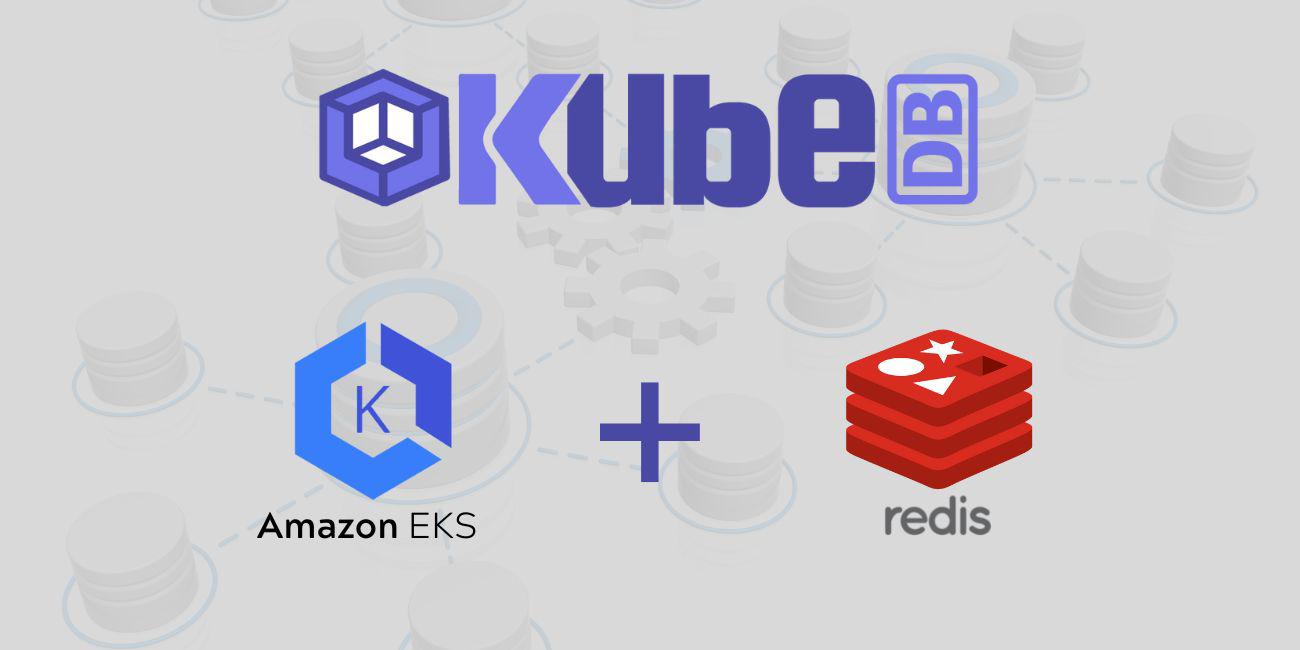Redis Cluster Backup and Restore
Redis is a popular open-source, in-memory data structure store that is used as a database, cache, and message broker. Redis Cluster, introduced in Redis version 3.0, is a distributed implementation of Redis that allows for automatic sharding of data across multiple Redis nodes. As with any database system, it is critical to have a backup and restore strategy in place to ensure the integrity of your data.
Why Backup and Restore is Important
Backing up your Redis data ensures that you can recover your data in the event of accidental data loss, corruption, or a system failure. Without a backup, you risk losing valuable information that could compromise your operations. Similarly, having a reliable restore process in place is essential to quickly recover your data and resume normal operations.
Backup Strategies for Redis Cluster
There are several strategies you can use to back up your Redis Cluster data, each with its own advantages and considerations:
- Snapshotting: Redis supports the creation of snapshots, which are point-in-time copies of the entire dataset. You can save these snapshots to disk and use them to restore your data in case of failure.
- Replication: Redis Cluster supports replication, where data is automatically copied to multiple nodes for redundancy. By configuring replication, you can ensure that data is replicated across multiple nodes, reducing the risk of data loss.
- Backup tools: There are third-party backup tools available that automate the backup process and provide additional features such as compression and encryption. These tools can simplify the backup process and ensure that your data is secure.
Restoring Redis Cluster Data
Restoring Redis Cluster data involves reconfiguring your cluster and loading the backup data. Here are the general steps to restore your Redis Cluster data:
- Prepare your cluster: Ensure that your Redis Cluster is properly configured and running.
- Load the backup data: Depending on the backup method used, load the snapshot or data file into your Redis Cluster nodes.
- Rebalance the data: If you are restoring data to a new cluster configuration, you may need to rebalance the data across the nodes to ensure optimal distribution.
- Test the restore: Verify that the data has been successfully restored and perform any necessary checks to ensure data integrity.
Best Practices for Backup and Restore
Here are some best practices for implementing a backup and restore strategy for your Redis Cluster:
- Regular backups: Schedule regular backups of your Redis Cluster data to ensure that you have up-to-date copies of your data.
- Offsite backups: Store your backups in a remote location to protect against physical disasters that could affect your primary data center.
- Monitoring and testing: Monitor your backup processes to ensure they are running smoothly and regularly test your restore process to verify data integrity.
- Security: Encrypt your backups to protect sensitive data and ensure that only authorized users can access them.
By following these best practices and implementing a robust backup and restore strategy, you can ensure the safety and integrity of your Redis Cluster data. Remember, data is one of your most valuable assets, so it’s essential to protect it against any potential threats.
